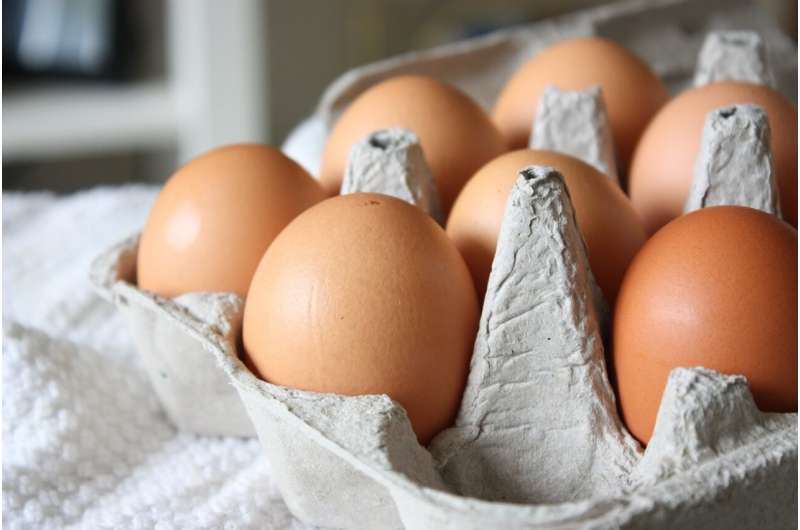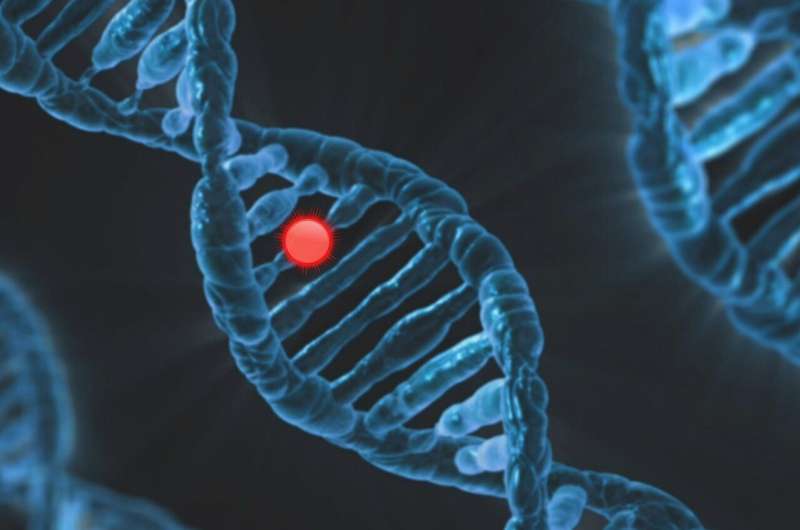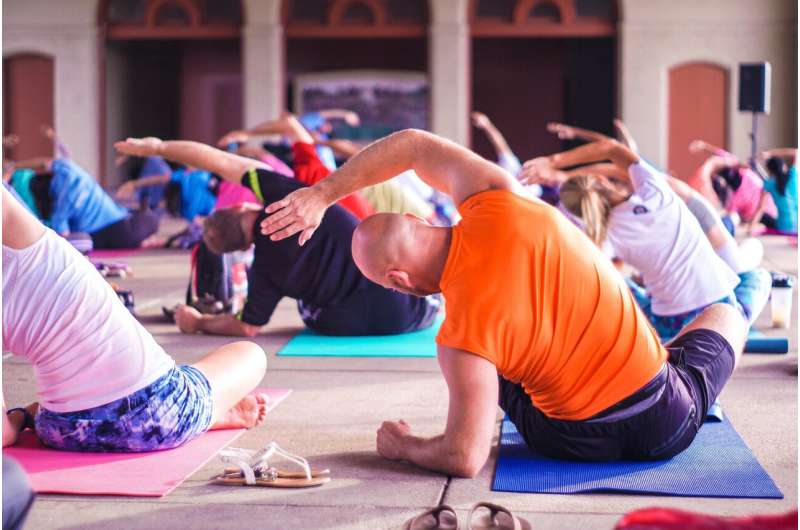Innovative NASA-Inspired Low-Vibration Belt Reduces Risk of Bone Fractures

A groundbreaking NASA-inspired low-vibration belt, Osteoboost, offers a non-invasive way to combat bone loss and reduce fracture risks in postmenopausal women with osteopenia. Approved by the FDA, this device mimics weight-bearing exercise through gentle vibrations to stimulate bone growth and recycling.
A new medical device inspired by NASA technology offers a promising non-invasive treatment for preventing bone loss, particularly in postmenopausal women with osteopenia. The device, called Osteoboost, is a sleek belt that resembles a fanny pack and delivers gentle low-vibration oscillations to the targeted skeletal areas. Approved by the U.S. Food and Drug Administration last year, Osteoboost activates bone cells by applying vibrations at 30 hertz per second with a gravitational force of 0.3 G. These oscillations stimulate osteocytes, which in turn signal osteoblasts and osteoclasts to generate new bone tissue and recycle old material, mimicking the effects of weight-bearing exercise.
Developed by Bone Health Technologies in Redwood City, California, the belt uses pressure sensors and accelerometers to customize its vibrations based on individual body responses. Wearers, like Los Altos resident Rachel Corn, report that they barely feel the vibrations while engaging in daily activities such as working at their standing desks or preparing nutritious meals. A clinical trial demonstrated an impressive 85% reduction in bone loss among participants, highlighting its potential as a significant intervention for bone health.
The concept of using mechanical vibrations to prevent bone deterioration originated from NASA research into the effects of zero gravity on astronauts’ bones, which tend to weaken in space. Since over half of postmenopausal women develop osteopenia—a precursor to osteoporosis—this device offers a practical solution. Many women, like Corn, face challenges with current treatments, which often involve medications that cause side effects like nausea and sleep disturbances.
Laura Yecies, CEO of Bone Health Technologies, was motivated by personal and familial experiences with osteoporosis to innovate this technology. Recognizing that bone health traditionally receives limited attention until fractures occur, Yecies emphasizes early intervention to avoid a potentially devastating cascade of fractures, loss of independence, and mortality in older adults.
Patients such as Patty Hirota-Cohen draw parallels between Osteoboost and traditional Chinese practices like Qi Gong, which utilize gentle bouncing and shaking movements for overall well-being. Experts like Dr. David Karpf, a Stanford endocrinologist, support the device’s safety and efficacy, recommending it as an accessible, low-risk option. While currently targeted at postmenopausal women with osteopenia, research is underway to expand its use for men, breast cancer survivors, and others at risk of low bone density.
Priced at $995 and not yet covered by insurance, Osteoboost aims to transform how we approach bone health. As Yecies states, “Women don’t need to accept frailty as a part of aging,” and many, like Corn, are embracing strength and resilience with innovative approaches like this device.
Stay Updated with Mia's Feed
Get the latest health & wellness insights delivered straight to your inbox.
Related Articles
Lithuanian Researchers Develop Innovative System for Post-Stroke Patient Monitoring
Lithuanian scientists have developed an advanced system for integrated post-stroke monitoring, enhancing long-term patient care through synchronized physiological measurements. This innovative technology aims to improve outcomes and manage neurological and cardiovascular health more effectively.
Rising Health Insurance Premiums May Heighten Financial Concerns for Americans
Health insurance premiums are surging beyond inflation, threatening to strain American finances and reduce coverage options in the coming years. Learn more about the impending hikes and their implications.
Critical Gene for Vitamin D Absorption Could Pave the Way for New Cancer and Autoimmune Treatments
Emerging research identifies the SDR42E1 gene as essential for vitamin D absorption, offering new pathways for targeted cancer and autoimmune disease treatments by regulating vitamin D metabolism.
Exercise and Omega-3 Supplementation Can Mitigate Tooth Root Infections
Combining moderate exercise with omega-3 supplementation may significantly reduce the severity of tooth root infections by modulating immune response and decreasing bone loss, according to recent research.



